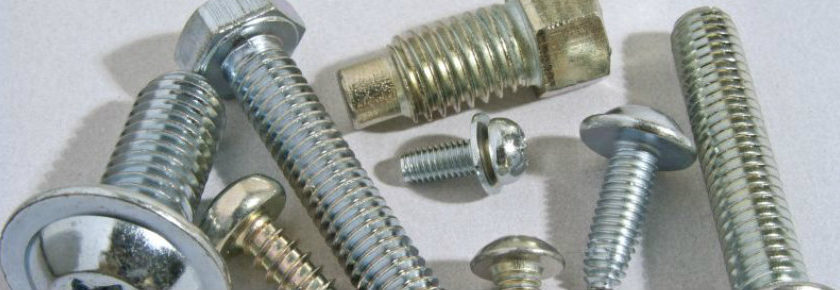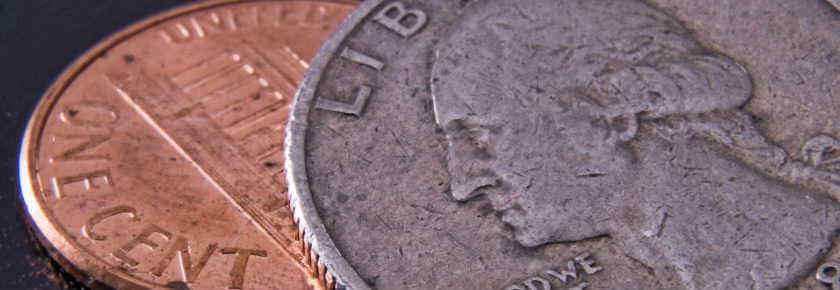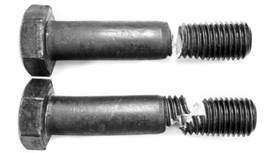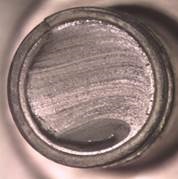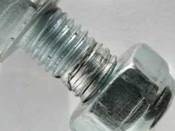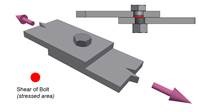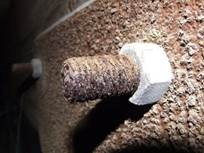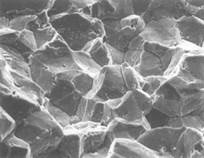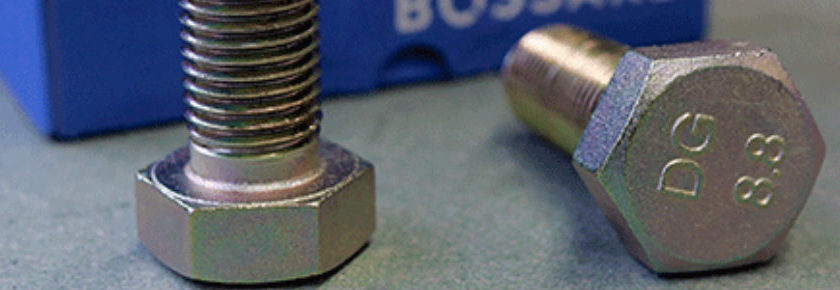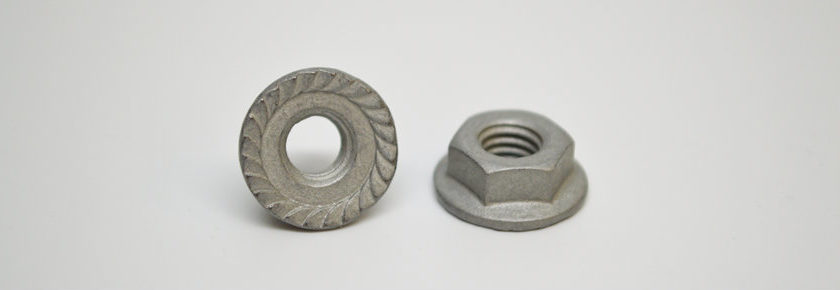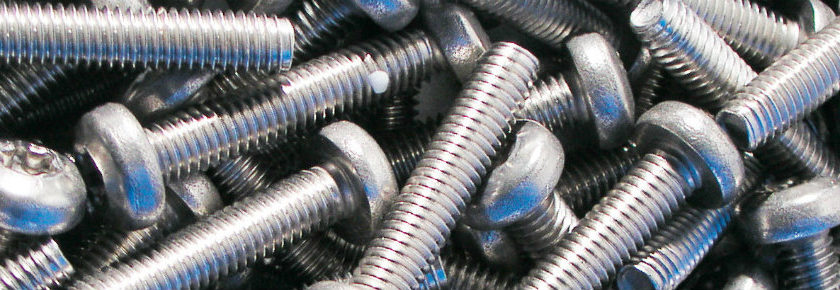When doing research for your bolted joint it is important to understand the coefficient of friction of the finish of the fastener. There are many different options for coatings that will give you different ranges in values. Typically, those values are tested to a certain specification. Whether it’s an OEM specification, or per the ISO 16047 standard, each one can have minor differences (if you have questions on standards reach out to a Bossard engineer). So what do those values actually mean and how are they relevant to your joint?
Most of the testing that is done to validate the values of the coating is done on M10 surrogate bolts with a standard hex head cap screw. They are tested in lab conditions with either a plain finish washer or nut that is cleaned and degreased or with different variations done in a lab setting. The cause for concern is using those values in your joint. The values can change depending on your bearing surface and your mating threads (material, surface condition, lubrication, bearing surface area, etc.). As stated in previous Proven Productivity blog posts, it’s important to understand the relationship so you prevent costly errors down the road.
That is why we at Bossard always recommend doing bolted joint testing. We have the capability to perform joint testing so we can help you better understand the coefficient of friction and the torque tension relationship in your joints. We can perform testing onsite at your facility or you can visit one of our engineering design centers.
Contact us at ProvenProductivity@bossard.com for more information.
Jon Dabney
Application Engineer
Jdabney@bossard.com



